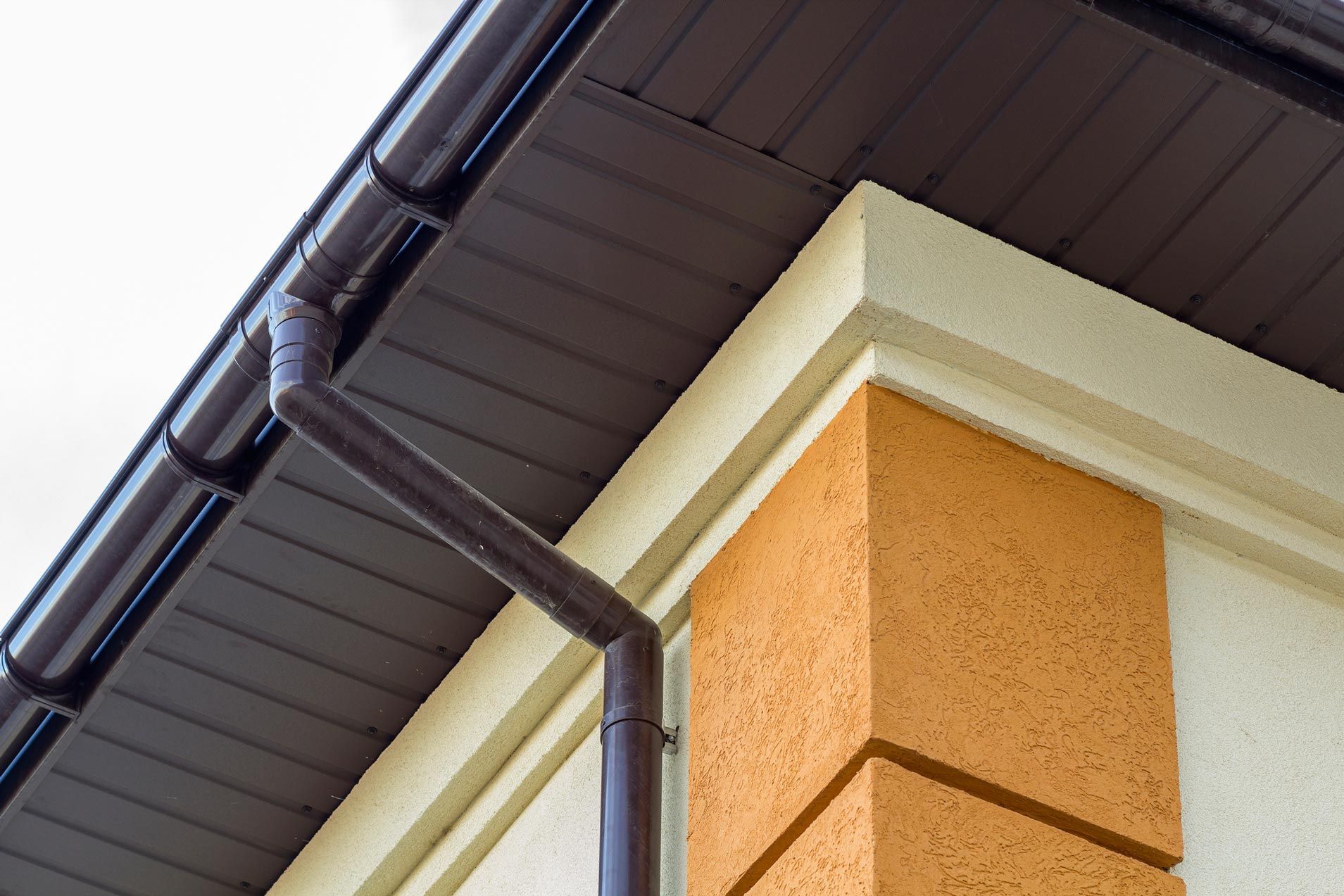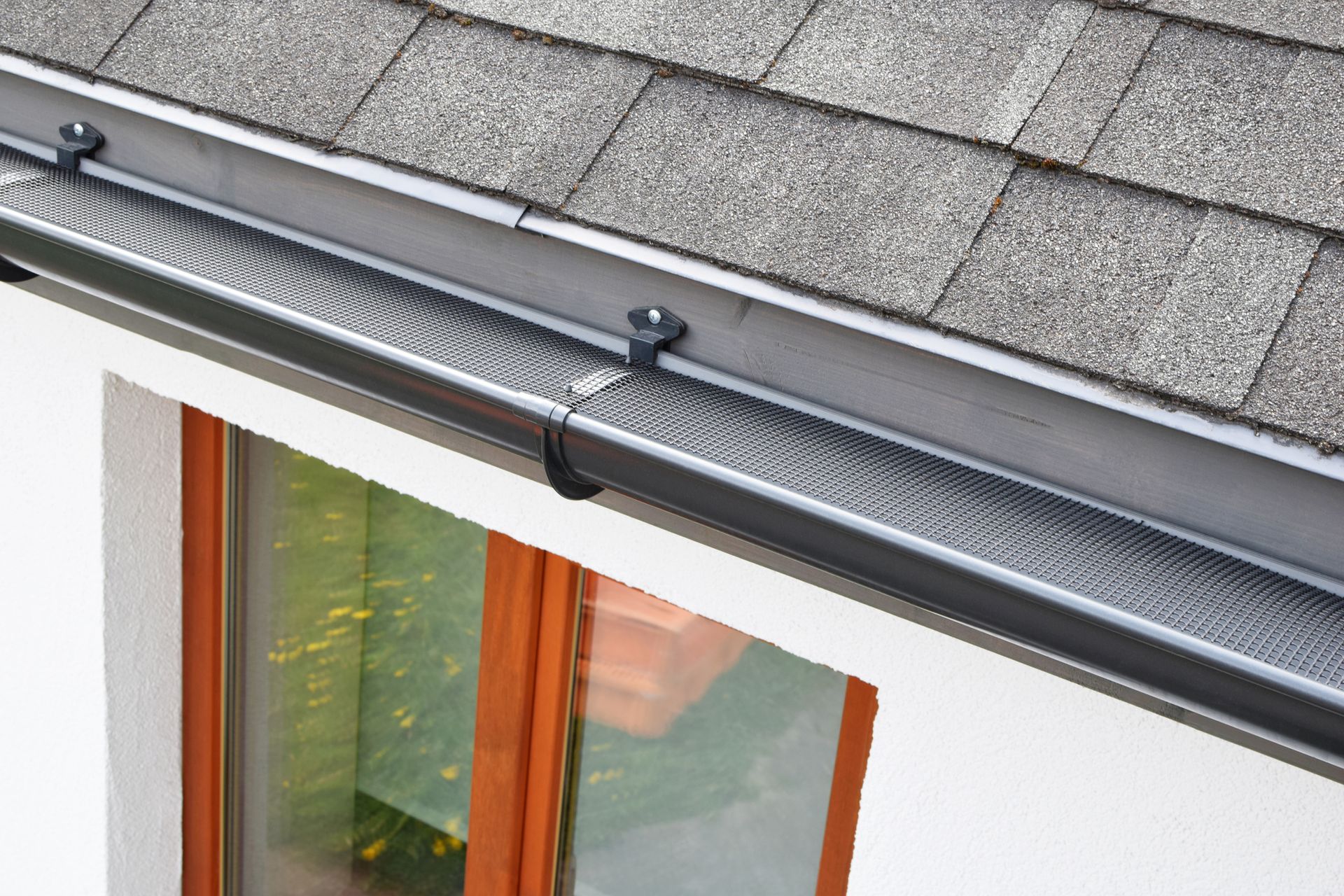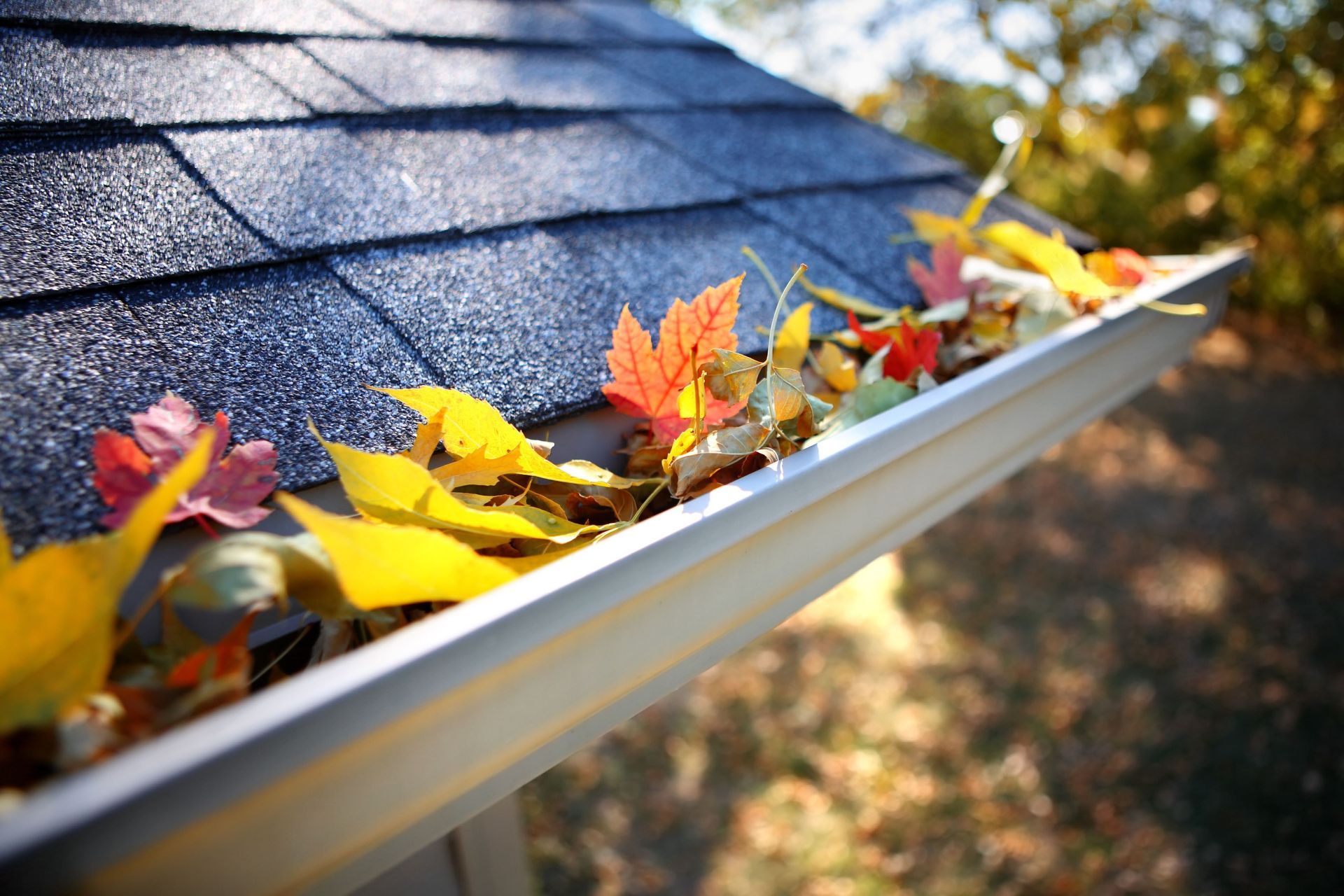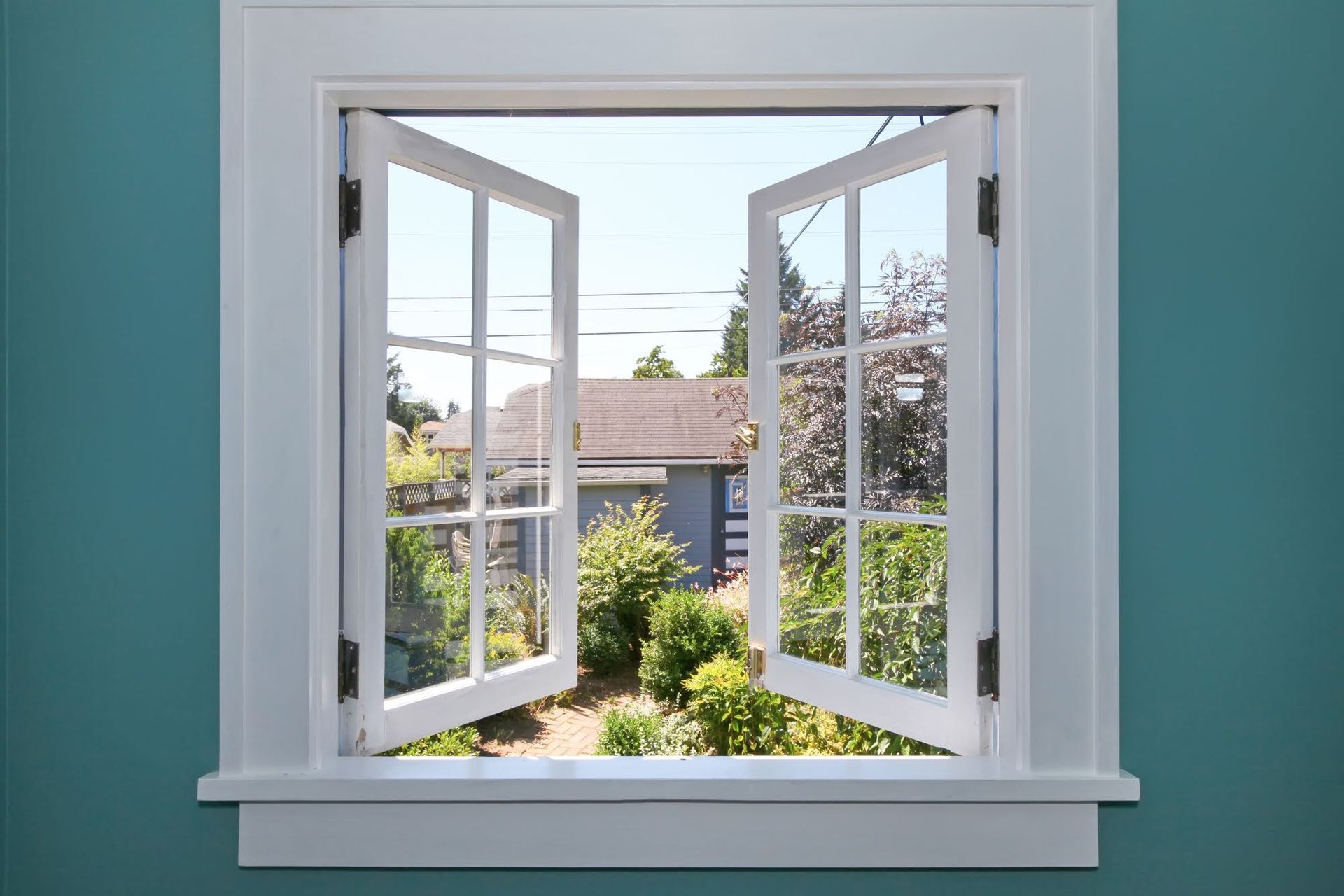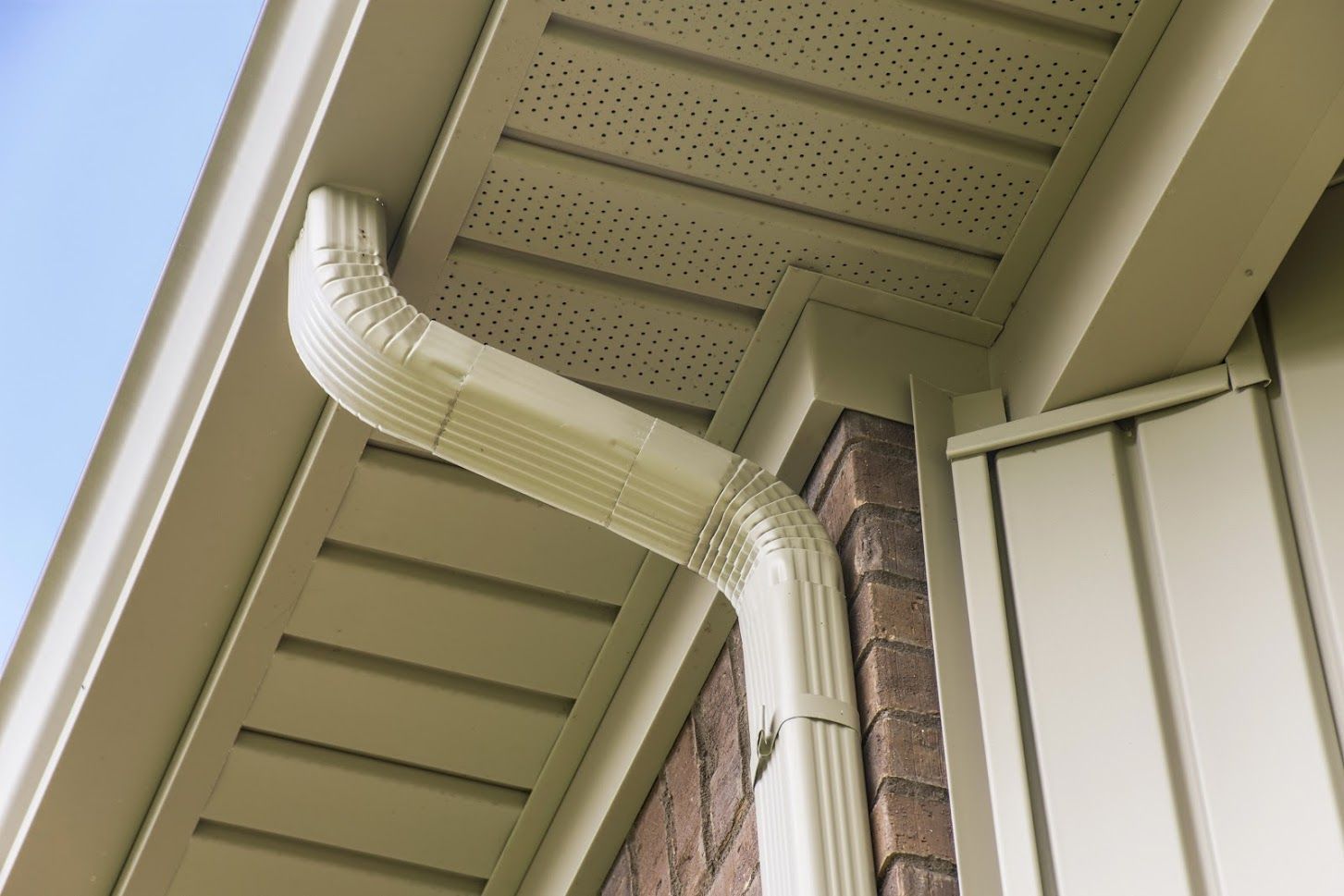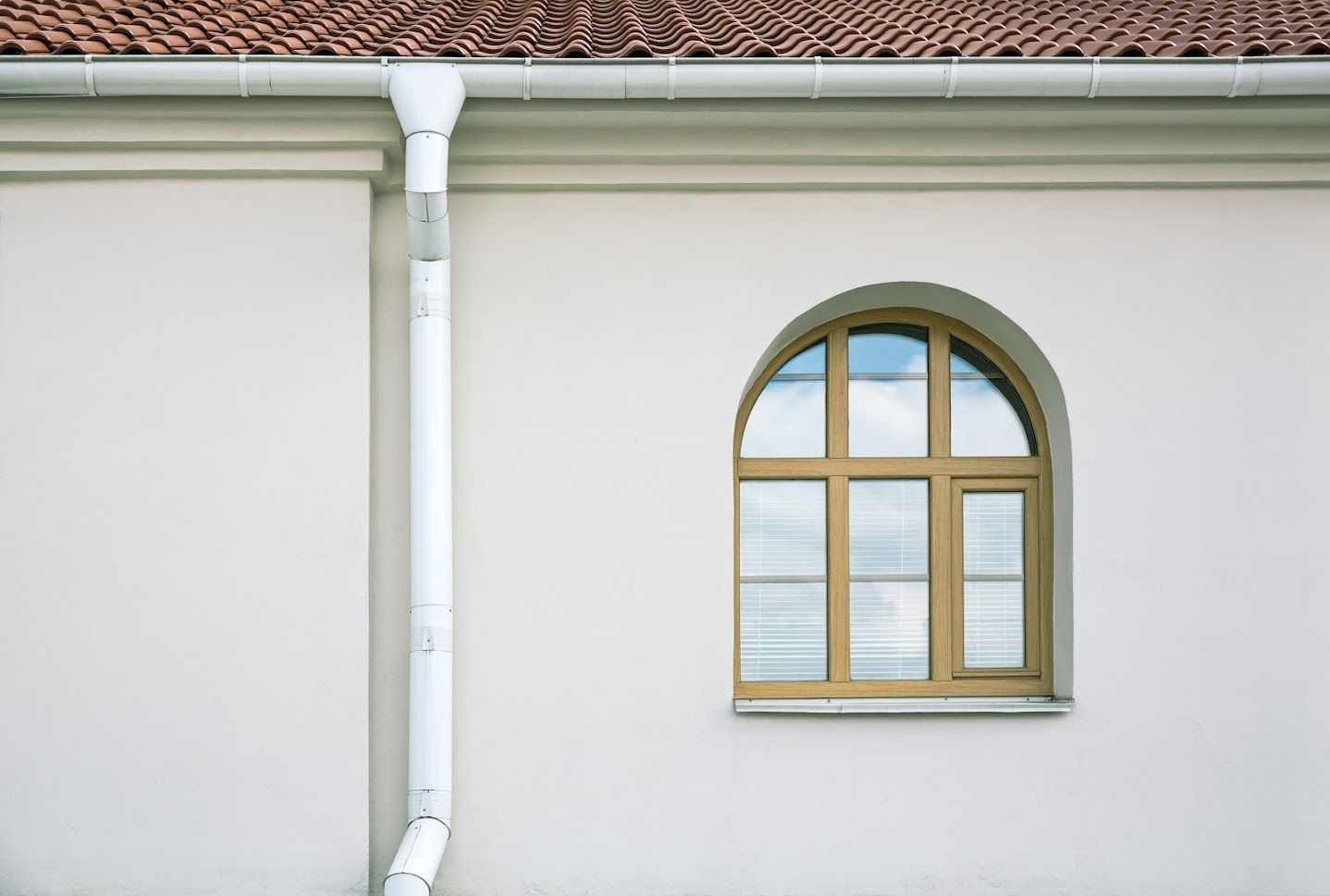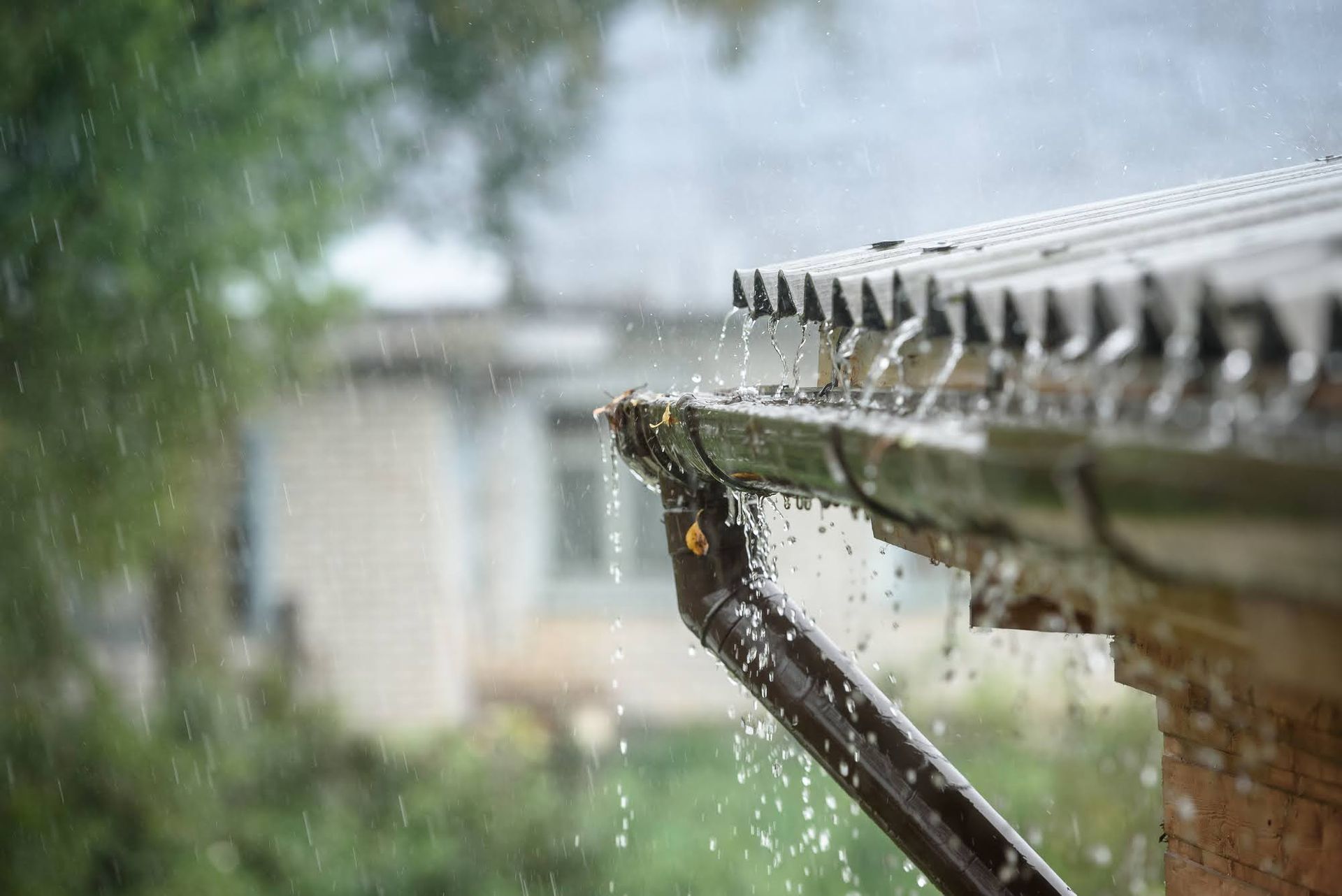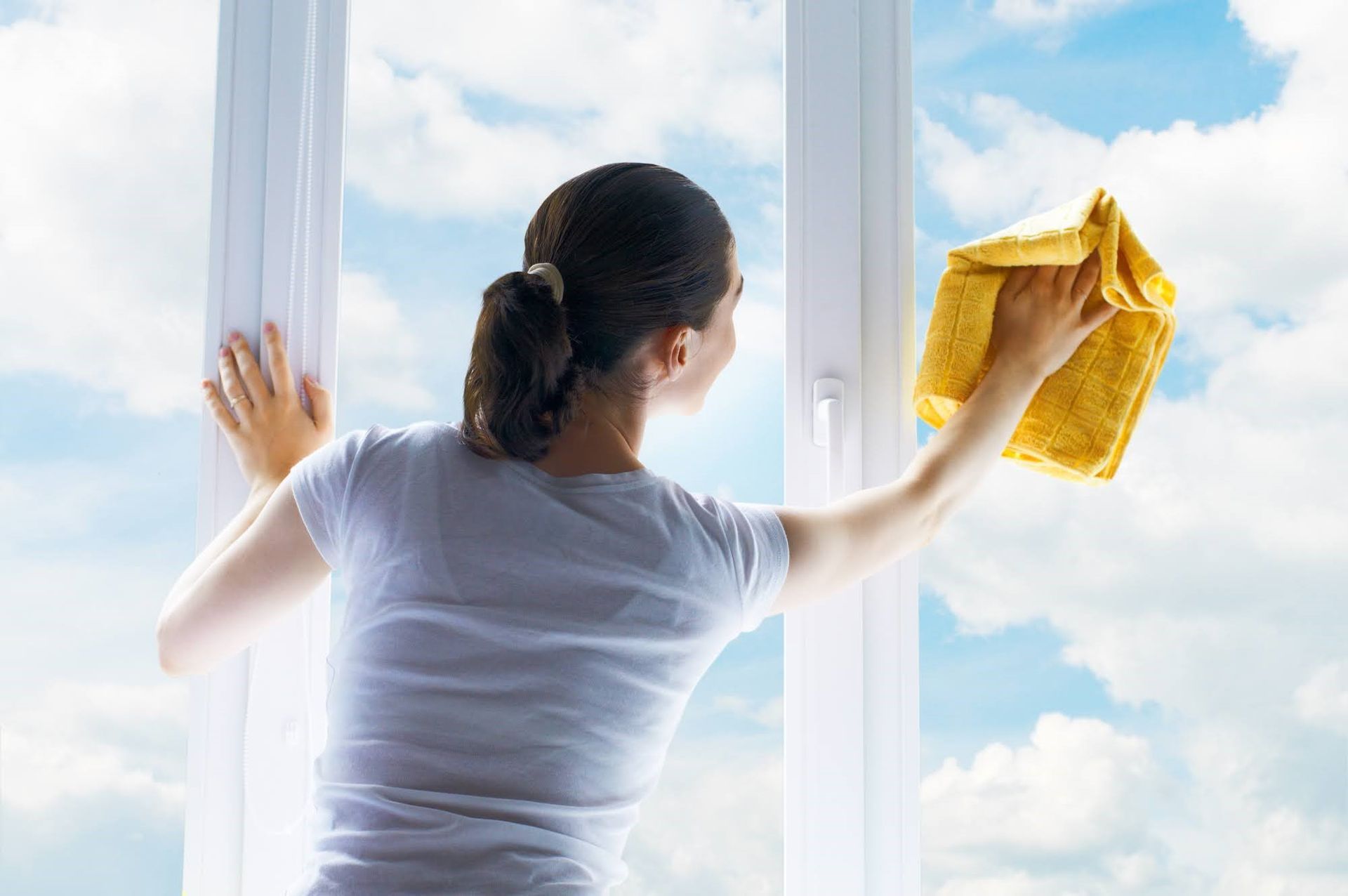4 Tips to Protect Your Home's Siding
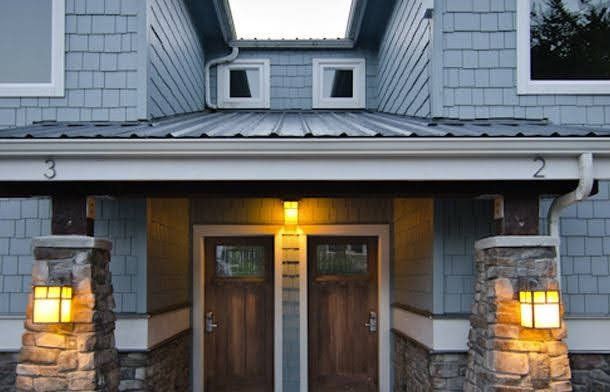
Your home's siding plays a major role in protecting the house. If siding becomes damaged, it can lead to rot, decay, infestation, and many other issues. This can affect the aesthetic appeal of your home, but it can also make your home look poorly maintained and shabby. If you would like to know how to protect your home's siding, check out these four tips.
1. Choose a Durable Material
Before you get new home siding, you need to understand which one is best for your climate. If your biggest concern is water and snow, vinyl and metal may be great options. Wood, however, can be problematic in the rain if you neglect to protect the siding. Stone and brick are also durable
options, but the grout between the stones and bricks could start to wear away.
2. Perform Regular Siding Maintenance
Regardless of which type of siding you choose, you will need to perform regular maintenance to keep it in good condition. With vinyl siding, this
means occasionally cleaning it as it can grow mildew. However, unlike other materials, you never need to paint vinyl siding.
Wood, metal, fiber cement, and stucco may need additional protection. Plus, stone, brick, and fiber cement can absorb small amounts of water if
they aren't sealed.
3. Keep the Gutters Maintained
The gutters help protect the siding from direct water damage. Without gutters, water could just roll off the roof and drip down the siding.
However, even if you have gutters, neglecting to maintain and clean them can affect the siding.
Naturally, the water still needs somewhere to go, so if it can't reach the downspout, it will spill over the edge, which puts it closer to the siding. If
enough debris builds up in the gutters (or if clogged gutters freeze), they can become too heavy.
This puts stress on the gutters, which slightly pulls them away from the house. You may not even be able to tell the gutters have moved, but water
can slip through and run down the siding.
4. Keep Plants Away From the House
Plants can make yards look amazing, but when those plants are too close to the house, they can cause many issues, including siding damage. First,
plants contain tannins, which can stain various materials, including siding.
It may seem tempting to plant water-loving shrubs near the foundation to help prevent water buildup, but these plants can also store water, giving
the water plenty of time to sneak up and under the siding.
Plants can also scratch the siding. At the very least, these scratches can be cosmetic, but in more serious cases, they can expose the underlying
layer to moisture, which can lead to rust or rot, depending on the material of the siding.
Last, plants attract pests, and pests can ruin your home. Wood-eating pests, in particular, can cause problems for wood siding, but any pest that
invades your siding can cause problems, such as loose boards, unpleasant odors, and stains.
Don't ignore your home's siding. It may be easy to overlook small damage, but even small scratches can allow rot and pests to enter. If you would
like to know more, or if you're ready for a quote on new siding or siding repair, contact us at Allstate Gutter & Siding.


